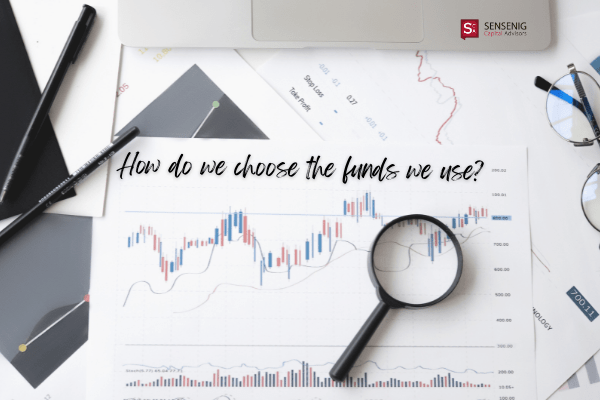The New Year is a customary time to speculate. In a digital age, when past forecasts are available online, market and media professionals find it harder to hide their blushes when their financial predictions go awry. But there are ways around that.
The ignominy that goes with making bold forecasts was highlighted in a recent newspaper article, which listed many bad calls US economists had made about 2015. These included getting the timing of the Federal Reserve’s interest rate increase wrong, incorrectly calling for a rise in long-term bond yields, and assuming an end to the commodity rout.1
For the broad US equity market, 22 strategists polled by the Wall Street Journal2 estimated an average increase for the S&P 500 of 8.2% for 2015. The most optimistic individual forecast was for a rise of 14%. The least optimistic was 2%. No one picked a fall. As it turned out, the benchmark ended marginally lower for the year.
In the UK, a poll of 49 fund managers, traders, and strategists published in early January 2015 forecast that the FTSE 100 index would be at 6,800 by midyear and 7,000 points by year-end. As it turned out, the FTSE surpassed that year-end target by late April to hit a record high of 7,103 before retracing to 6,242 by year-end.3
It should be evident by now that setting your investment course based on someone’s expectations for interest rates, the economy, or currencies is not a viable way of building wealth in the long term. Markets have a way of confounding your expectations. So a better option is to stay broadly diversified and, with the help of an advisor, set an asset allocation that matches your own risk appetite, goals, and circumstances.
Of course, this approach doesn’t stop you or anyone else from having or expressing an opinion about the future. We are all free to speculate about what might happen in the economy and markets. The danger comes when you base your investment strategy on such opinions. In the meantime, if you insist on following forecasts, here is a list of 10 predictions you can count on coming true in 2016:
- Markets will go up some of the time and down some of the time.
- There will be unexpected news. Some of this will move prices.
- Acres of newsprint will be devoted to the likely path of interest rates.
- Acres more will speculate on China’s growth outlook.
- TV pundits will frequently and loudly debate short-term market direction.
- Some economies will strengthen. Others will weaken. These change year to year.
- Some companies will prosper. Others will falter. These change year to year.
- Parts of your portfolio will do better than other parts. We don’t know which.
- A new book will say the rules no longer work and everything has changed.
- Another new book will say nothing has really changed and the old rules still apply.
You can see from that list that if forecasts are so hard to get right, you are better off keeping them as generic as possible. Like a weather forecaster predicting wind, hail, heat, and cold over a single day, your audience should prepare themselves for all climates.
The future is always uncertain. There are always unexpected events. Some will turn out worse than you expect; others will turn out better. The only sustainable approach to that uncertainty is to focus on what you can control.
In the meantime, we wish a happy new year to all of our clients and friends of Sensenig Capital.
Sources:
1. Malcolm Maiden, “The Year Market Economists Failed to See Coming,” SMH, December 30, 2015.
2. “Strategists Expect Stocks to Keep Climbing in 2015,” Wall Street Journal, January 2, 2015.
3. “Five Fund Strategies to Ride Rising Markets,” The Times, January 3, 2015.



